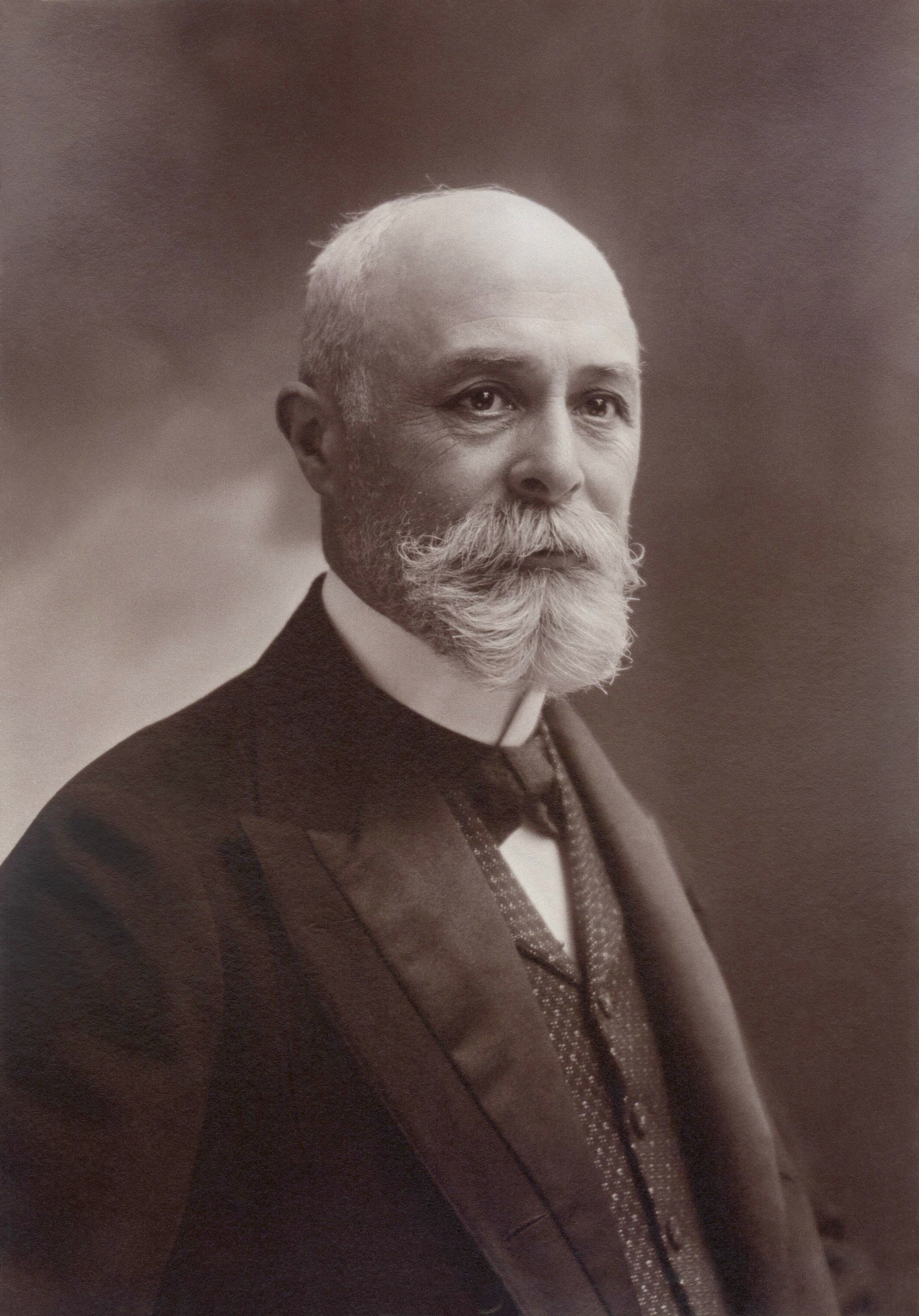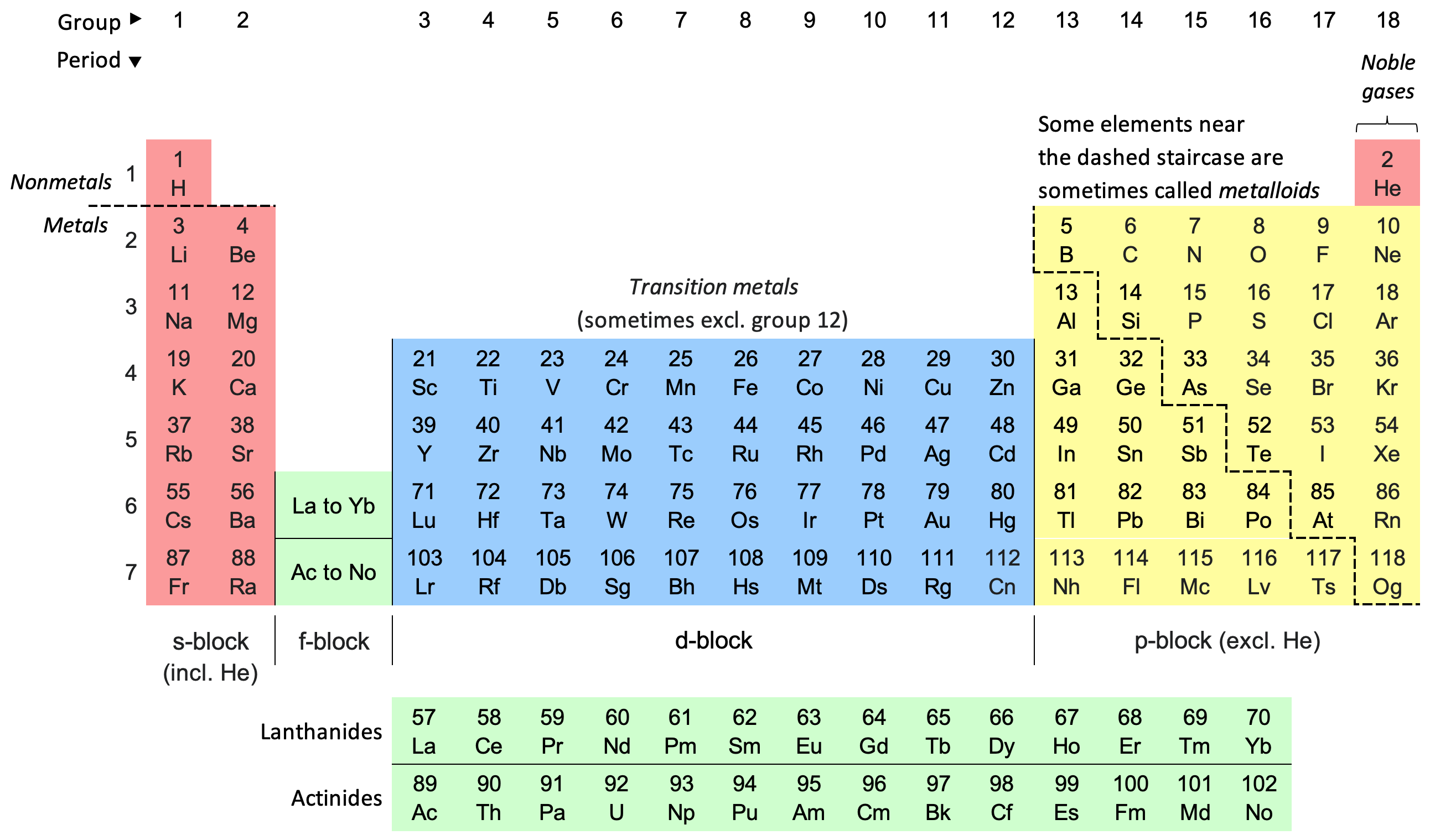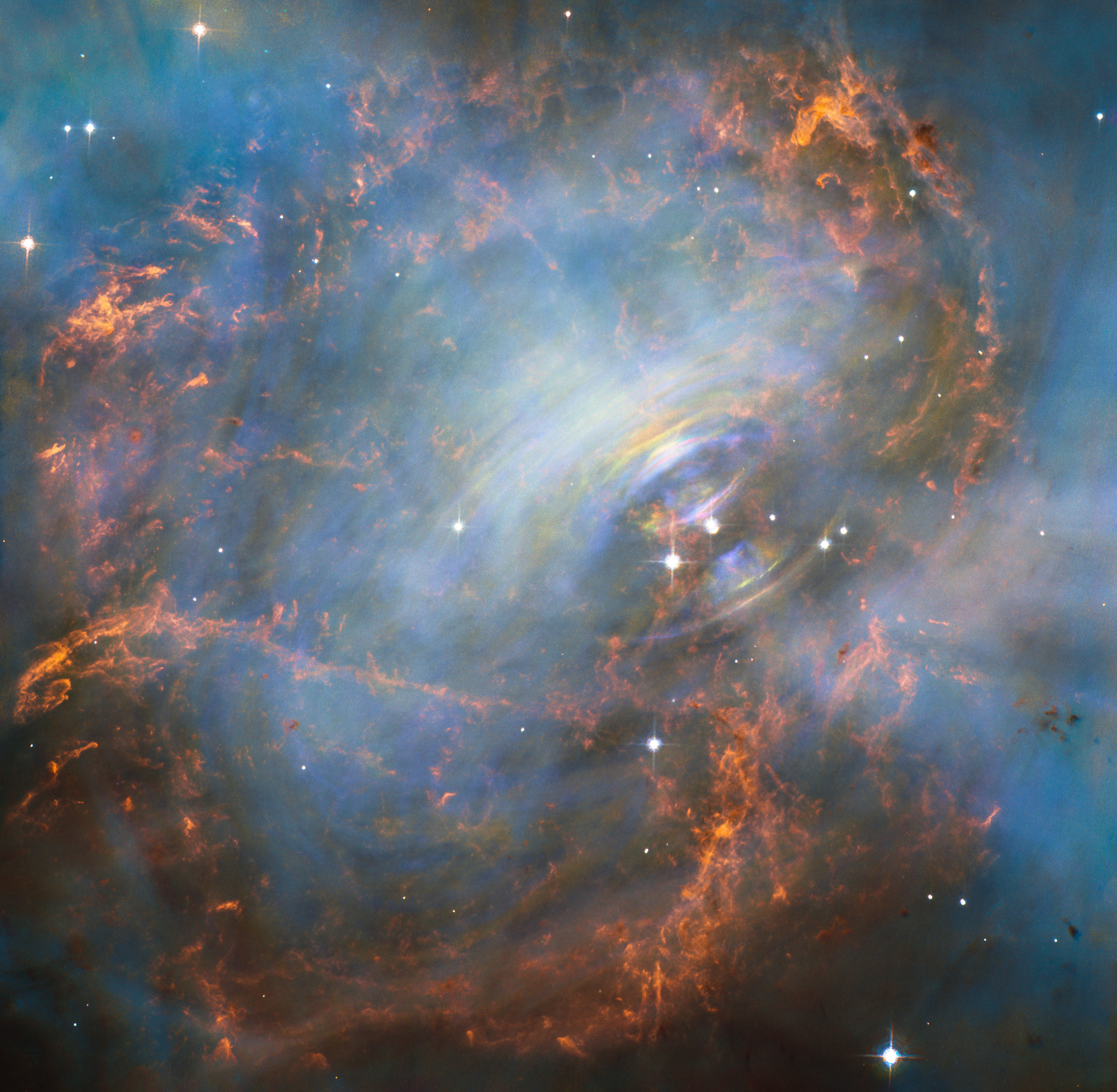|
Continent Of Stability
The continent of stability is a hypothesised large group of nuclides with masses greater than 300 daltons that is stable against radioactive decay, consisting of freely flowing up quarks and down quarks rather than up and down quarks bound into protons and neutrons. Matter containing these nuclides is termed up-down quark matter (udQM). The continent of stability is named in analogy with the island of stability. However, if it exists, the range of charge and mass will be much greater than in the island. Quark matter composed of up quarks and down quarks is predicted to be a lower energy state than that which contains strange quarks (strange quark matter), and also lower than the combination of quarks in the form of hadrons found in normal atomic nuclei if there are over 300 protons and neutrons. The lower limit of 300 was calculated based on a surface tension model, where the surface has a higher energy than the interior of the piece of quark matter. In order to be the absolutely mor ... [...More Info...] [...Related Items...] OR: [Wikipedia] [Google] [Baidu] [Amazon] |
Nuclide
Nuclides (or nucleides, from nucleus, also known as nuclear species) are a class of atoms characterized by their number of protons, ''Z'', their number of neutrons, ''N'', and their nuclear energy state. The word ''nuclide'' was coined by the American nuclear physicist Truman P. Kohman in 1947. Kohman defined ''nuclide'' as a "species of atom characterized by the constitution of its nucleus" containing a certain number of neutrons and protons. The term thus originally focused on the nucleus. Nuclide vs. isotope A nuclide is an atom with a specific number of protons and neutrons in its nucleus, for example carbon-13 with 6 protons and 7 neutrons. The term was coined deliberately is distinction from isotope in order to consider the nuclear properties independently of the chemical properties, though ''isotope' is still used for that purpose especially where ''nuclide'' might be unfamiliar as in nuclear technology and nuclear medicine. For nuclear propeties, the number of neutrons ... [...More Info...] [...Related Items...] OR: [Wikipedia] [Google] [Baidu] [Amazon] |
Large Hadron Collider
The Large Hadron Collider (LHC) is the world's largest and highest-energy particle accelerator. It was built by the CERN, European Organization for Nuclear Research (CERN) between 1998 and 2008, in collaboration with over 10,000 scientists, and hundreds of universities and laboratories across more than 100 countries. It lies in a tunnel in circumference and as deep as beneath the France–Switzerland border near Geneva. The first collisions were achieved in 2010 at an energy of 3.5 tera-electronvolts (TeV) per beam, about four times the previous world record. The discovery of the Higgs boson at the LHC was announced in 2012. Between 2013 and 2015, the LHC was shut down and upgraded; after those upgrades it reached 6.5 TeV per beam (13.0 TeV total collision energy). At the end of 2018, it was shut down for maintenance and further upgrades, and reopened over three years later in April 2022. The collider has four crossing points where the accelerated particles ... [...More Info...] [...Related Items...] OR: [Wikipedia] [Google] [Baidu] [Amazon] |
Nuclear Physics
Nuclear physics is the field of physics that studies atomic nuclei and their constituents and interactions, in addition to the study of other forms of nuclear matter. Nuclear physics should not be confused with atomic physics, which studies the atom as a whole, including its electrons. Discoveries in nuclear physics have led to applications in many fields such as nuclear power, nuclear weapons, nuclear medicine and magnetic resonance imaging, industrial and agricultural isotopes, ion implantation in materials engineering, and radiocarbon dating in geology and archaeology. Such applications are studied in the field of nuclear engineering. Particle physics evolved out of nuclear physics and the two fields are typically taught in close association. Nuclear astrophysics, the application of nuclear physics to astrophysics, is crucial in explaining the inner workings of stars and the origin of the chemical elements. History The history of nuclear physics as a discipline ... [...More Info...] [...Related Items...] OR: [Wikipedia] [Google] [Baidu] [Amazon] |
Hypothetical Chemical Elements
An extended periodic table theorizes about chemical elements beyond those currently known and proven. The element with the highest atomic number known is oganesson (''Z'' = 118), which completes the seventh period (row) in the periodic table. All elements in the eighth period and beyond thus remain purely hypothetical. Elements beyond 118 will be placed in additional periods when discovered, laid out (as with the existing periods) to illustrate periodically recurring trends in the properties of the elements. Any additional periods are expected to contain more elements than the seventh period, as they are calculated to have an additional so-called ''g-block'', containing at least 18 elements with partially filled g- orbitals in each period. An ''eight-period table'' containing this block was suggested by Glenn T. Seaborg in 1969. The first element of the g-block may have atomic number 121, and thus would have the systematic name unbiunium. Despite many searches, no e ... [...More Info...] [...Related Items...] OR: [Wikipedia] [Google] [Baidu] [Amazon] |
Isotopes
Isotopes are distinct nuclear species (or ''nuclides'') of the same chemical element. They have the same atomic number (number of protons in their nuclei) and position in the periodic table (and hence belong to the same chemical element), but different nucleon numbers (mass numbers) due to different numbers of neutrons in their nuclei. While all isotopes of a given element have similar chemical properties, they have different atomic masses and physical properties. The term isotope is derived from the Greek roots isos ( ἴσος "equal") and topos ( τόπος "place"), meaning "the same place"; thus, the meaning behind the name is that different isotopes of a single element occupy the same position on the periodic table. It was coined by Scottish doctor and writer Margaret Todd in a 1913 suggestion to the British chemist Frederick Soddy, who popularized the term. The number of protons within the atom's nucleus is called its atomic number and is equal to the number of el ... [...More Info...] [...Related Items...] OR: [Wikipedia] [Google] [Baidu] [Amazon] |
Periodic Table
The periodic table, also known as the periodic table of the elements, is an ordered arrangement of the chemical elements into rows (" periods") and columns (" groups"). It is an icon of chemistry and is widely used in physics and other sciences. It is a depiction of the periodic law, which states that when the elements are arranged in order of their atomic numbers an approximate recurrence of their properties is evident. The table is divided into four roughly rectangular areas called blocks. Elements in the same group tend to show similar chemical characteristics. Vertical, horizontal and diagonal trends characterize the periodic table. Metallic character increases going down a group and from right to left across a period. Nonmetallic character increases going from the bottom left of the periodic table to the top right. The first periodic table to become generally accepted was that of the Russian chemist Dmitri Mendeleev in 1869; he formulated the periodic law as ... [...More Info...] [...Related Items...] OR: [Wikipedia] [Google] [Baidu] [Amazon] |
Stellar Collision
A stellar collision is the coming together of two stars caused by stellar dynamics within a star cluster, or by the orbital decay of a binary star due to stellar mass loss or gravitational radiation, or by other mechanisms not yet well understood. Any stars in the universe can collide, whether they are "alive", meaning fusion is still active in the star, or "dead", with fusion no longer taking place. White dwarf stars, neutron stars, black holes, main sequence stars, giant stars, and supergiants are very different in type, mass, temperature, and radius, and accordingly produce different types of collisions and remnants. Types of stellar collisions and mergers Binary star mergers About half of all the stars in the sky are part of binary systems, with two stars orbiting each other. Some binary stars orbit each other so closely that they share the same atmosphere, giving the system a peanut shape. While most such contact binary systems are stable, some do become unstable and ... [...More Info...] [...Related Items...] OR: [Wikipedia] [Google] [Baidu] [Amazon] |
Star Type
In astronomy, stellar classification is the classification of stars based on their stellar spectrum, spectral characteristics. Electromagnetic radiation from the star is analyzed by splitting it with a Prism (optics), prism or diffraction grating into a spectrum exhibiting the Continuum (spectrum), rainbow of colors interspersed with spectral lines. Each line indicates a particular chemical element or molecule, with the line strength indicating the abundance of that element. The strengths of the different spectral lines vary mainly due to the temperature of the photosphere, although in some cases there are true abundance differences. The ''spectral class'' of a star is a short code primarily summarizing the ionization state, giving an objective measure of the photosphere's temperature. Most stars are currently classified under the Morgan–Keenan (MK) system using the letters ''O'', ''B'', ''A'', ''F'', ''G'', ''K'', and ''M'', a sequence from the hottest (''O'' type) to the cool ... [...More Info...] [...Related Items...] OR: [Wikipedia] [Google] [Baidu] [Amazon] |
Neutron Star
A neutron star is the gravitationally collapsed Stellar core, core of a massive supergiant star. It results from the supernova explosion of a stellar evolution#Massive star, massive star—combined with gravitational collapse—that compresses the core past white dwarf star density to that of Atomic nucleus, atomic nuclei. Surpassed only by black holes, neutron stars are the second smallest and densest known class of stellar objects. Neutron stars have a radius on the order of and a mass of about . Stars that collapse into neutron stars have a total mass of between 10 and 25 solar masses (), or possibly more for those that are especially rich in Metallicity, elements heavier than hydrogen and helium. Once formed, neutron stars no longer actively generate heat and cool over time, but they may still evolve further through Stellar collision, collisions or Accretion (astrophysics), accretion. Most of the basic models for these objects imply that they are composed almost entirely o ... [...More Info...] [...Related Items...] OR: [Wikipedia] [Google] [Baidu] [Amazon] |
Supernova
A supernova (: supernovae or supernovas) is a powerful and luminous explosion of a star. A supernova occurs during the last stellar evolution, evolutionary stages of a massive star, or when a white dwarf is triggered into runaway nuclear fusion. The original object, called the ''progenitor'', either collapses to a neutron star or black hole, or is completely destroyed to form a diffuse nebula. The peak optical luminosity of a supernova can be comparable to that of an entire galaxy before fading over several weeks or months. The last supernova directly observed in the Milky Way was Kepler's Supernova in 1604, appearing not long after Tycho's Supernova in 1572, both of which were visible to the naked eye. The supernova remnant, remnants of more recent supernovae have been found, and observations of supernovae in other galaxies suggest they occur in the Milky Way on average about three times every century. A supernova in the Milky Way would almost certainly be observable through mo ... [...More Info...] [...Related Items...] OR: [Wikipedia] [Google] [Baidu] [Amazon] |
Baryon Number
In particle physics, the baryon number (B) is an additive quantum number of a system. It is defined as B = \frac(n_\text - n_), where is the number of quarks, and is the number of antiquarks. Baryons (three quarks) have B = +1, mesons (one quark, one antiquark) have B = 0, and antibaryons (three antiquarks) have B = −1. Exotic hadrons like pentaquarks (four quarks, one antiquark) and tetraquarks (two quarks, two antiquarks) are also classified as baryons and mesons depending on their baryon number. In the standard model B conservation is an accidental symmetry which means that it appears in the standard model but is often violated when going beyond it. Physics beyond the Standard Model theories that contain baryon number violation are, for example, Standard Model with extra dimensions, Supersymmetry, Grand Unified Theory and String theory. Baryon number vs. quark number Quarks carry not only electric charge, but also charges such as color charge and weak iso ... [...More Info...] [...Related Items...] OR: [Wikipedia] [Google] [Baidu] [Amazon] |




